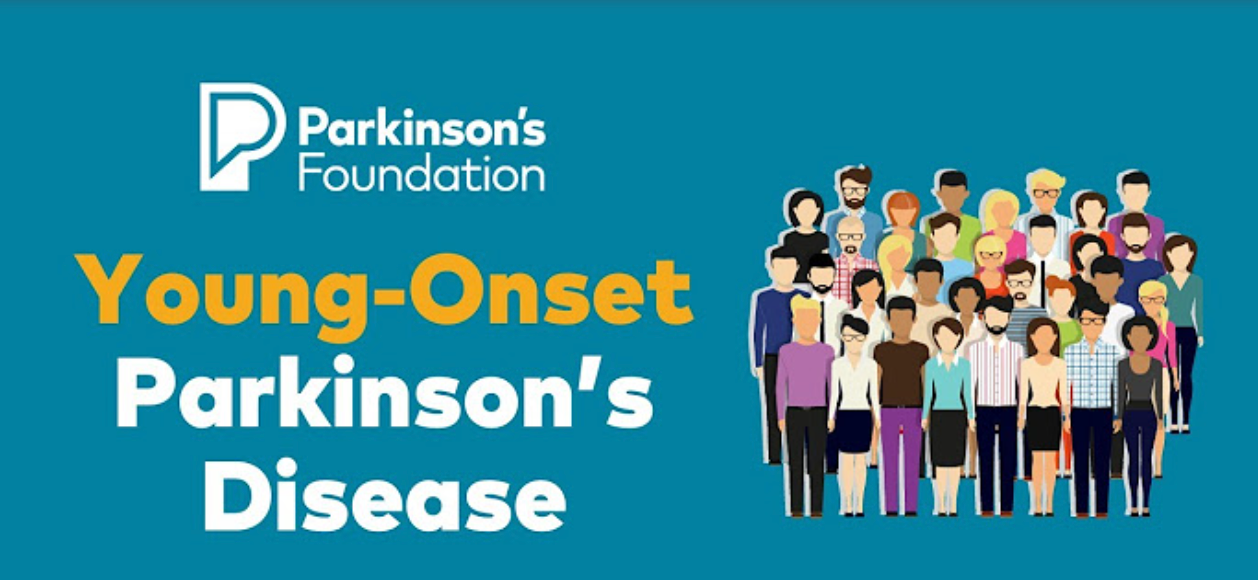Young-onset Parkinson’s disease – The Letter Y in The ABCs of Parkinson’s Disease
It’s not common to see Parkinson’s disease in younger people, but for a small subset of sufferers, the disease strikes early. Young-onset Parkinson’s Disease (YOPD) occurs in people younger than 50 years of age. Most people with typical Parkinson’s disease (PD) develop symptoms at 50 years of age or older, but YOPD affects about 4% of the one million people in the U.S. with Parkinson’s disease. For example, Michael J. Fox was diagnosed with YOPD at just 29 years old.

How is young-onset Parkinson’s disease different?
Those with YOPD more frequently have a family history of Parkinson’s disease. They also tend to have longer survival. People living with young-onset Parkinson’s disease may have slower symptom progression and less frequent cognitive problems. On the other hand, they also tend to experience more side effects from medication treatments like dyskinesias (involuntary body movements) and earlier and more frequent dystonia (cramping of muscles and abnormal postures).

It is important to distinguish young-onset Parkinson’s disease from typical Parkinson’s disease because people who are affected by PD at a young age experience the disease differently. They may be busy in their career or have children to care for, often leading to less time engaging in their own care. However, for those diagnosed with young-onset PD, it is important to treat the symptoms using exercise and physical therapy as early as possible. Younger brains have a greater neuroplasticity potential, which means they have a better ability to grow and change in response to physical therapy treatment and exercise. To learn more, contact WWSPT to schedule an evaluation and/or a treatment program.
Reference:
https://www.parkinson.org/abcs-pd
https://www.parkinson.org/understanding-parkinsons/what-is-parkinsons/young-onset-parkinsons
Dr. Karli Lynch, PT, DPT,
WWS Physical Therapy and Vestibular Rehabilitation
Doylestown, PA.
(215) 489-3234
